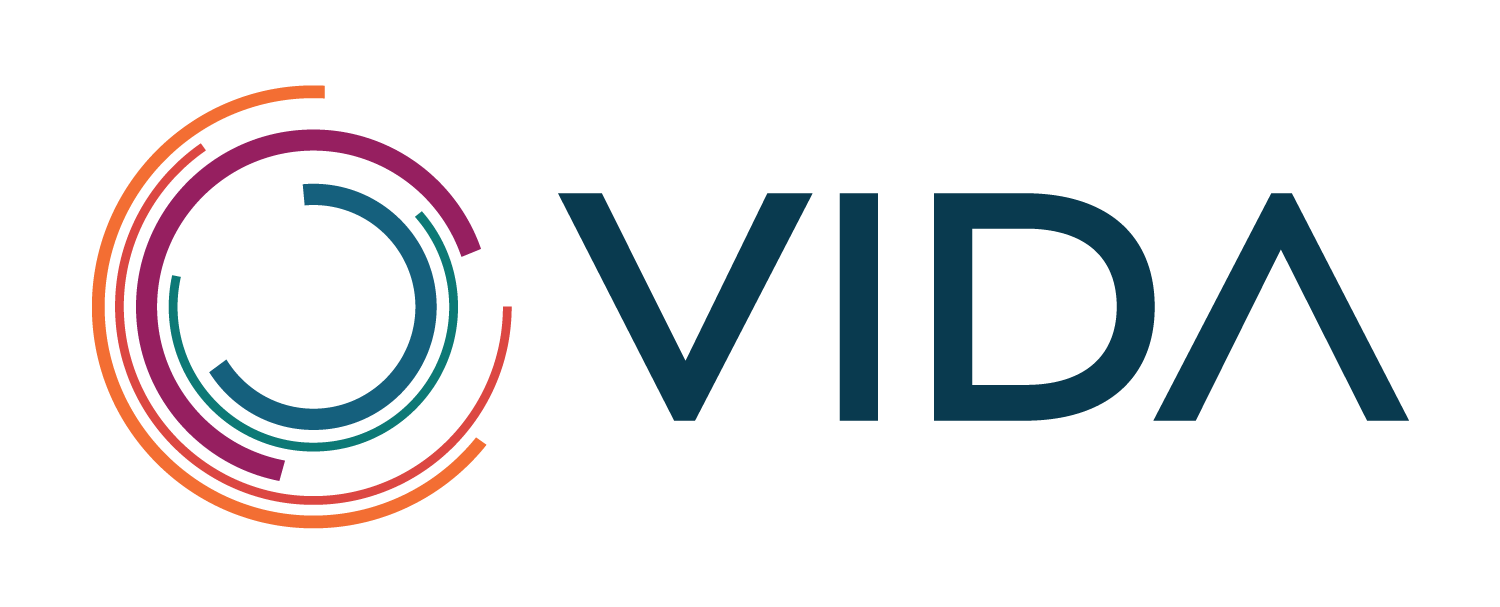5 Takeaways from STR 2019
Authors: Angela Bryant, Benj Thomas
The Society of Thoracic Radiology (STR) held its annual meeting last week in Savannah, Georgia. It was a great meeting with some very interesting sessions. Our top 5 impressions from the meeting were:
1. Lung Cancer
Unsurprisingly, lung cancer was a hot
topic at this year’s Society of Thoracic Radiology meeting. Topics ranged from
lung cancer screening: implementation, compliance, and challenges - to lung
cancer interventions, and the overall role of imaging. Lung Cancer detection
and malignancy risk is an obvious battleground for AI; although interestingly,
no AI algorithms were specifically highlighted in sessions which predominantly
focused on interstitial lung disease and calcium scoring.
2. Interstitial Lung Disease (ILD) Patterns
ILD and differentiating patterns, both
interstitial and cystic, was a major focus at the meeting. HRCT (high
resolution computed tomography) plays a large role in the diagnosis and pattern
association of ILD. There were a number of challenges noted by presenters
suggesting room for growth in better and earlier diagnosis of ILD such the need
for improved pattern recognition by radiologists (e.g., UIP vs NSIP, etc.), the
confusion around the discordance between Fleischner and ATS recommendations,
and limited treatment options (although this is beginning to change with new
drugs coming to market).
3. Radiology Burnout
With a 49% burnout rate, solutions to improve radiology burnout was a notable topic. Burnout causes, as well as proposed administrative solutions, were highlighted. One session gave the best analogy I’ve heard comparing the increasing workload pressure on radiologists to an “I Love Lucy” episode where workers cannot keep up with the increased demand to produce more, in less time, without additional resources to keep up. In radiology, the increased demand weighs heavily on work and home-life happiness, resulting in burnout. Several solutions were suggested and the opportunities of AI to help alleviate the burden were not discussed explicitly but we believe has great future potential in this regard.
4. AI in Radiology
Artificial intelligence continues to
garner interest in radiology and initial results are promising. Challenges in
the clinical utility of AI continue to include the small number of training
data available as well as skepticism regarding the robustness of AI in clinical
practice. This year will be notable for AI in healthcare with the AI
marketplace launches and new technologies coming forward. We recommend keeping
an eye on the new Radiology:
AI Journal.
5. Thoracic Radiologists Are Mad-Fun!
They may be the innovators and trailblazers for imaging in both research and clinical practice, but radiologists know how to enjoy themselves and relax with good conversation, craft beer, wine, and March Madness!



